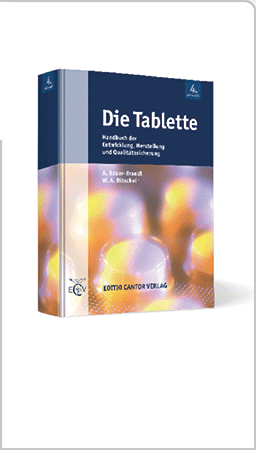Inclusion Complexes of Piroxicam with ß-Cyclodextrin Derivatives in Comparison with the Natural ß-Cyclodextrin 2nd Communication: In vitro and in vivo d rug a vailability 1) Seham A. Elkheshen*), Sayed M. Ahmed, and Bushra T. Al-Quadeib Department of Pharmaceutics, College of Pharmacy, King Saud University, Riyadh (Saudi Arabia) *)Current address: see address for correspondence Two modified cyclodextrins, heptakis-(2,6-di-O-methyl)-ß-Cyclodextrin (DM-ß-CD) and hydroxypropyl-ß-cyclodextrin (HP-ß-CD), were adopted for preparing piroxicam-cyclodextrin (PIR-CD) inclusion complexes, in comparison to ß-cyclodextrin (ß-CD). Inclusion complexes were prepared via co-precipitation and freeze drying techniques in a 1:1 and 1:2.5 molar ratio (drug-to-CD). The physical mixtures were also prepared in the same molar ratios for comparison.
The in vitro dissolution rate of piroxicam (CAS 36322-90-4) from PIR-CD systems varied according to the types of CD used, the method of preparation of inclusion complexes, and the guest-host molar ratios. Piroxicam-dimethyl-ß-cyclodextrin (PIR-DM-ß-CD) systems were superior in increasing the dissolution rate of PIR compared to piroxicam-hydroxypropyl-ß-cyclodextrin (PIR-HP-ß-CD) and piroxicam-ß-cyclodextrin (PIR-ß-CD) systems. The methods of preparing solid complexes played the major role. The freeze drying method showed the superior results, particularly if combined with the use of DM-ß-CD.
Furthermore, PIR-DM-ß-CD freeze dried product in the 1:2.5 molar ratio was chosen for in vivo study in comparison with two commercial products. The bioavailability and pharmacokinetic parameters showed that administration of PIR-DM-ß-CD freeze dried product in the 1:2.5 molar ratio to rabbits is characterized by a higher oral absorption rate and extent than those of one of the marketed products. Significant differences have been observed among Cmax, tmax and AUC0-oo. Comparative bioavailability of the same formula with the other marketed product showed significant differences among Cmax and tmax (absorption rate), but not in the AUC0-oo (absorption extent). A good to excellent in vitro-in vivo correlation between the dissolution parameters and the bioavailability data was observed which indicates that the enhancement of dissolution was the main factor behind the improvement of bioavailability with DM-ß-CD. Key Words CAS 36322-90-4 · Complexation · ß-Cyclodextrin, derivatives · Inclusion complexes · Piroxicam, enhancement of bioavailability 1) 1st Communication see Pharm. Ind. 64, No. 6 , p. 612 (2002). |




